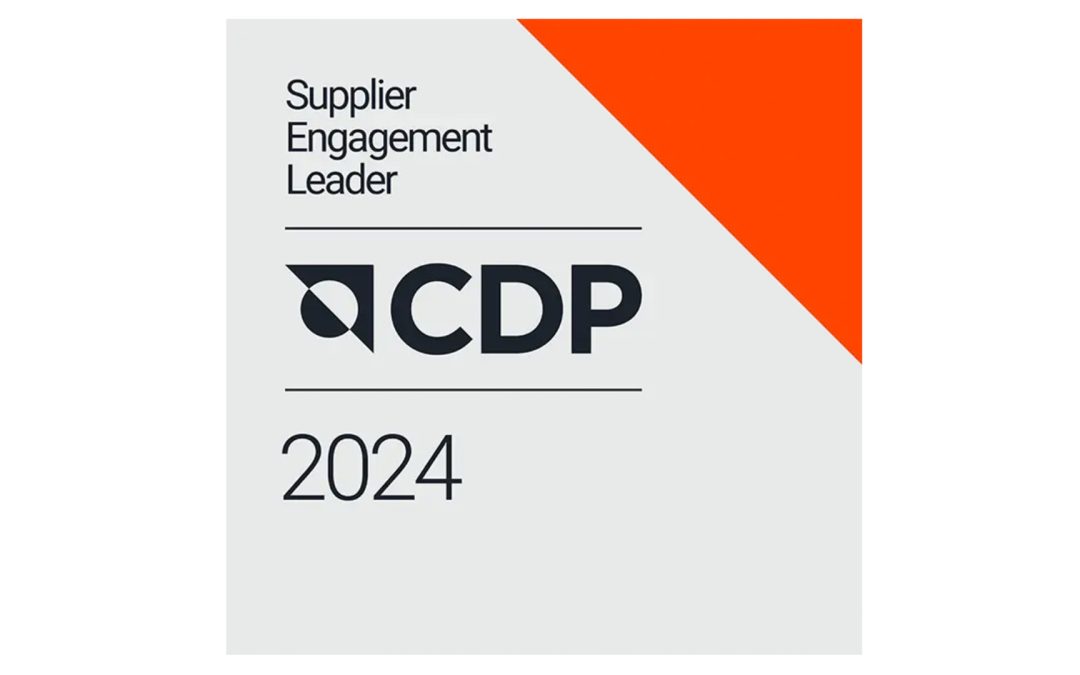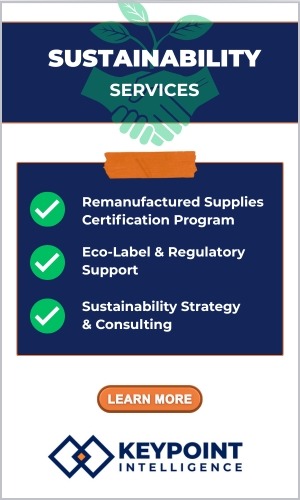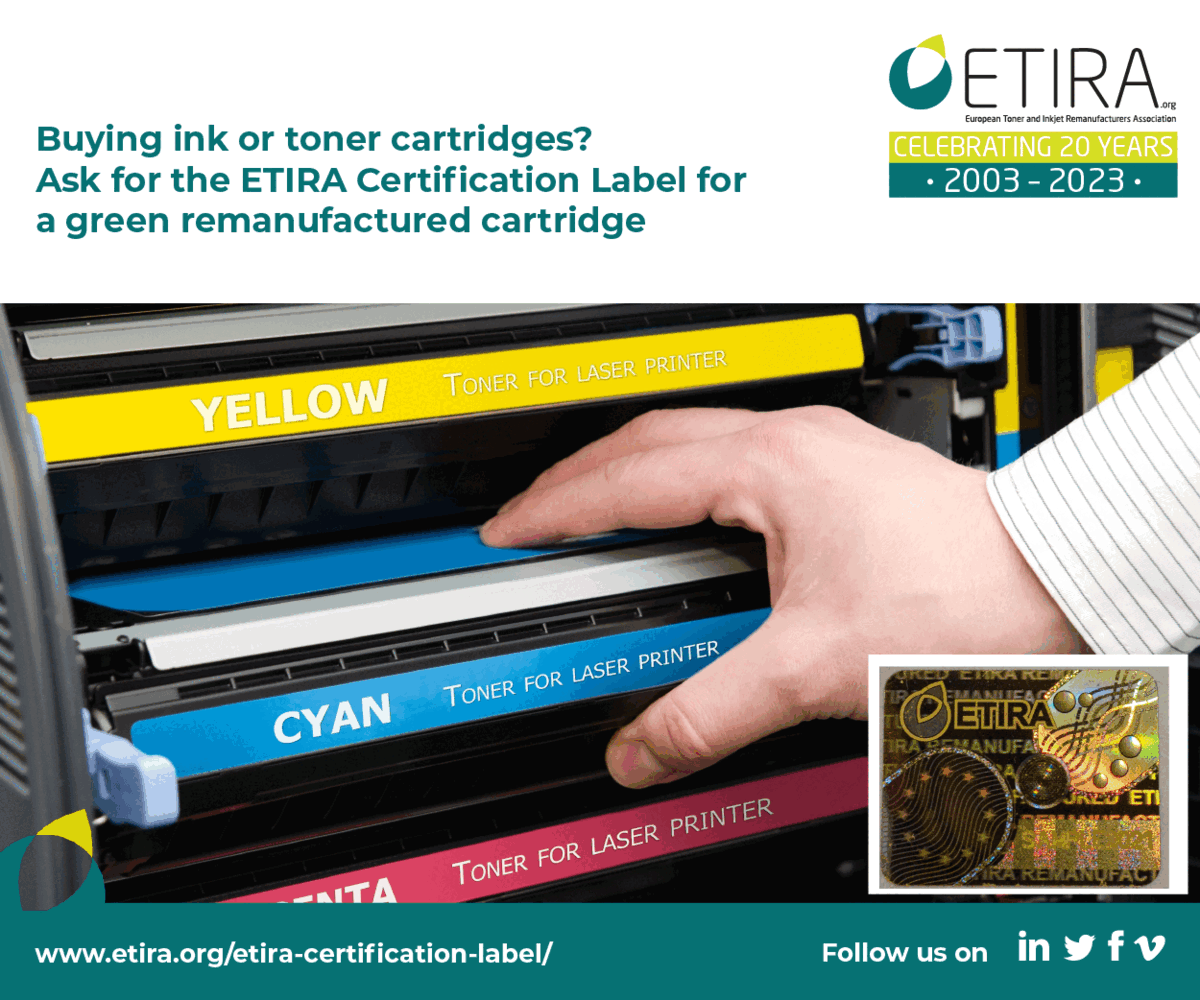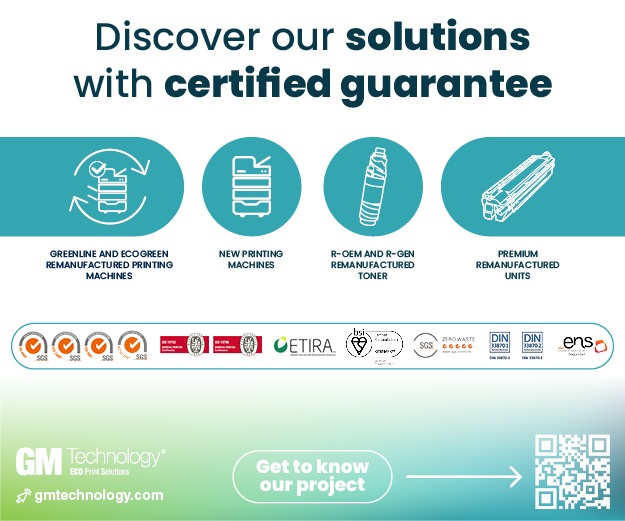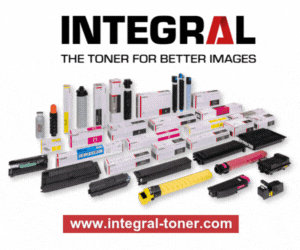Digital travel authorisations and biometric checks will soon be required for millions of business travellers entering the UK and EU — including imaging sector professionals.
New digital border rules coming into force over the next 18 months will affect international travel for many in the imaging industry. The UK’s ETA scheme is already in effect for EU citizens, and the EU’s ETIAS authorisation will follow in 2026, alongside new biometric checks under the EU’s Entry–Exit System (EES).
Together, these measures will impact business travellers from more than 60 countries, including the UK, USA, Canada, Japan, Australia, and New Zealand.
UK ETA: now live for EU citizens and expanding further
The UK’s Electronic Travel Authorisation (ETA) is now required for EU nationals, as well as citizens of Bahrain, Jordan, Kuwait, Oman, Qatar, Saudi Arabia and the UAE. The phased rollout began in late 2023 and was extended to cover EU passport holders earlier this year. Further nationalities will be added during 2025 and 2026.
The ETA costs £16 (€19 / $19.65) and is valid for two years or until the traveller’s passport expires. Visitors must apply online or via the UK ETA app and receive approval before departure. While most applications are processed within three days, the Home Office advises travellers to apply well in advance.
EU ETIAS: launching in 2026
The EU’s equivalent scheme — ETIAS (European Travel Information and Authorisation System), is expected to launch in late 2026, with a six-month grace period before enforcement. It will apply to all visa-exempt nationals, including UK passport holders, entering any of the 30 participating European countries.
Travellers will need to complete an online application and pay a €7 (£6 / $7.60) fee. ETIAS will be valid for three years and allow multiple entries for up to 90 days within any 180-day period. Applicants under 18 or over 70 will be exempt from the fee.
Explainer: What if you live in the EU or UK?
Not all travellers are treated the same under the new digital systems.
- ETIAS is not required for non-EU nationals who hold a residence permit or long-stay visa issued by an EU or Schengen country.
- These residents also avoid EES biometric checks when entering their country of residence.
- However, they may be subject to EES checks when travelling to other EU/Schengen states.
For example, a UK citizen living in Spain with a valid residence card does not need ETIAS to return home. But if they travel to Germany or Italy, they could still face EES border controls.
Likewise, EU nationals living in the UK do not need an ETA to return to the UK if they have UK residence status — but they do need one to visit the UK as a tourist.
Travellers should always carry both their passport and valid residence permit when crossing borders, and check destination requirements in advance.
New biometric checks at EU borders
Ahead of ETIAS, the EU will introduce a new Entry–Exit System (EES) in October 2025. This will require fingerprinting and facial imaging at Schengen border crossings for all non-EU nationals. It is likely to cause delays at airports, ports and land borders during the initial phase.
A European Commission spokesperson said the goal is to “modernise and secure” border management while maintaining “smooth and safe travel for legitimate visitors.”
What this means for the imaging sector
While these systems are designed to improve security and border efficiency, they introduce new friction for business travellers who may have previously entered the UK or EU without paperwork.
Many imaging consumables professionals travel regularly across borders to meet customers, audit suppliers or attend trade events. Even a short trip may now require pre-authorisation, biometric processing, and careful attention to validity periods and stay limits.
“Many of our partners travel on non-EU passports. This will add another layer of planning for every trip,” one European remanufacturer told The Recycler.
Companies are advised to factor these changes into future travel planning, particularly for teams travelling across regions on tight schedules.
Practical advice for business travellers
- Check if you need an ETA or ETIAS based on your nationality and destination.
- Apply early — ideally a week or more before departure.
- Use official sites only to avoid scams.
- Carry a copy of your authorisation (printed and digital).
- Update company travel procedures to include pre-checks.
- Expect delays at borders, especially from late 2025 onwards.
Remember, this is not just red tape. If you turn up at the airport without authorisation, you are not getting on the plane.



